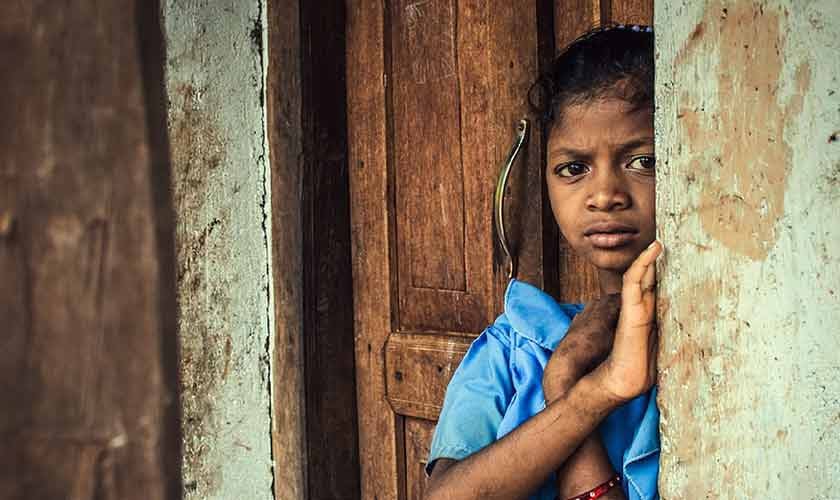The social and economic future of any country is directly linked to the health and well-being of its children. If the coming generation is healthy, then the country’s future is secure. However, if children suffer from malnutrition and stunted growth, the future becomes neither resilient nor sustainable. Pakistan is no exception to this reality.
According to the World Bank Group, 40 percent of children under five in Pakistan suffer from stunted growth. Despite efforts over the past 30 years, not enough progress has been made to tackle this critical issue. Our children deserve better.
### What is Child Stunting?
The World Health Organization (WHO) defines stunting as reduced growth and development in children due to poor nutrition, repeated infections, and insufficient opportunities to learn and play. The first 1,000 days of a child’s life — from conception until the child turns two — are crucial to prevent stunting. When stunting occurs during this period, it causes adverse functional consequences such as poor cognition, low educational performance, lost productivity, and reduced adult wages.
For Pakistan to achieve sustainable social and economic development, it is essential to ensure pregnant women, mothers, and children receive adequate nutrition. Additionally, preventing repeated infections in children is a critical component.
### The Urgency of the Situation
The WHO reports that every day in Pakistan, 27 mothers and 675 newborns (under one month old) die from preventable complications. This stark reality underscores the need for urgent action.
The United Nations defines sustainable development as meeting the needs of the present without compromising the ability of future generations to meet their own needs. To truly embrace sustainable development in Pakistan, prioritizing the well-being of future generations must be at the forefront of national initiatives.
### Eradicating Stunting: A Systematic Approach
Addressing child stunting requires a comprehensive and coordinated strategy that tackles multiple challenges simultaneously.
**1. Agricultural Productivity**
Pakistan needs a green revolution to produce twice the current amount of food using existing resources. However, increased agricultural activity must be balanced with environmental protection. The Food and Agriculture Organization notes that agriculture is a major contributor to eutrophication in surface water. Protecting water bodies and ensuring access to safe drinking water is critical since waterborne diseases are a leading cause of childhood mortality and impaired growth.
**2. Healthcare Access & Infection Prevention**
Promoting mobile hospitals is vital to prevent repeated infections in children, especially in remote and underserved areas. These mobile units must be equipped with reliable air-conditioning systems to maintain the efficacy of vaccines and medications during transportation and storage.
According to WHO, vaccines lose effectiveness much faster when exposed to temperatures above +8 degrees Celsius. Ensuring proper temperature control in mobile healthcare units will help preserve vaccines and reduce childhood infections across Pakistan.
**3. Education and Play**
Schools must provide proper playgrounds where children can play and develop to their full potential. Early childhood education should adopt models that equally emphasize learning and play, recognizing the critical role of physical activity and social interaction in healthy development.
### Conclusion
We cannot take our future generation for granted while hoping for sustainable development. Addressing child stunting through better nutrition, healthcare, environmental protection, and education is not just a moral imperative but an essential step toward securing Pakistan’s social and economic future. Our children deserve a chance to grow, thrive, and lead the nation forward.
https://www.thenews.com.pk/tns/detail/1345103-for-futures-sake

